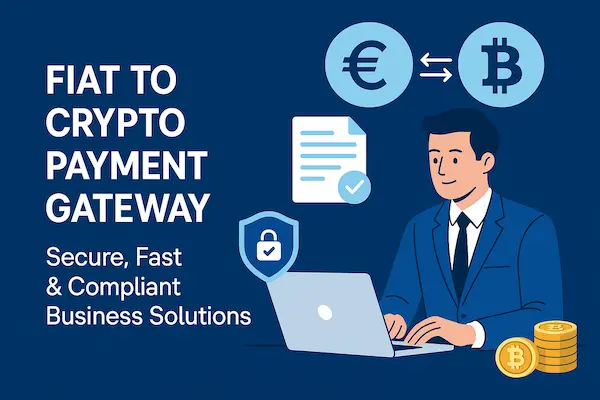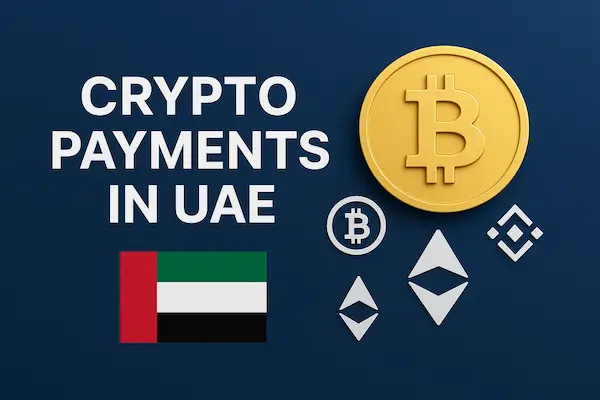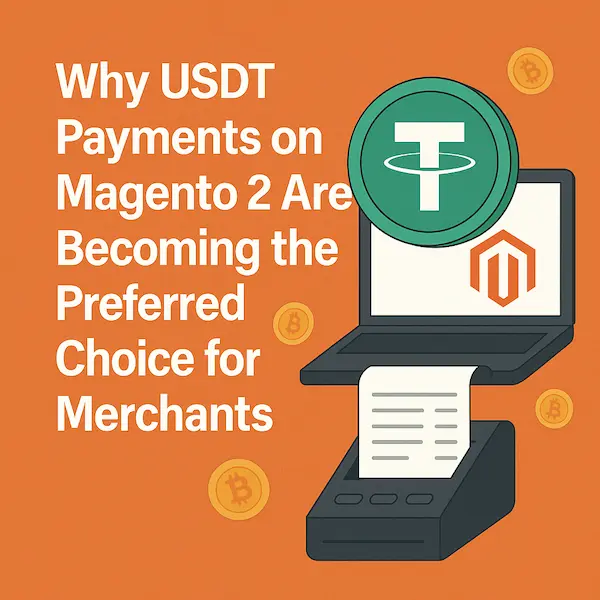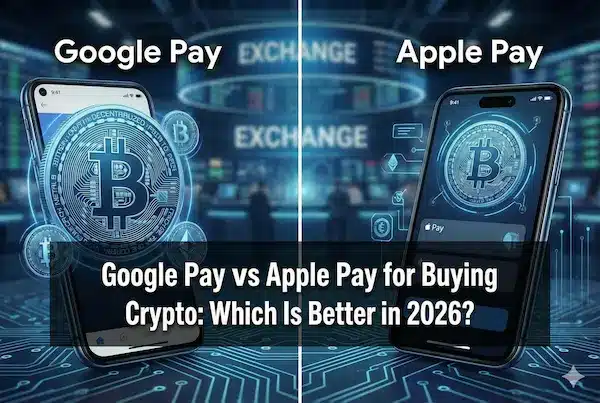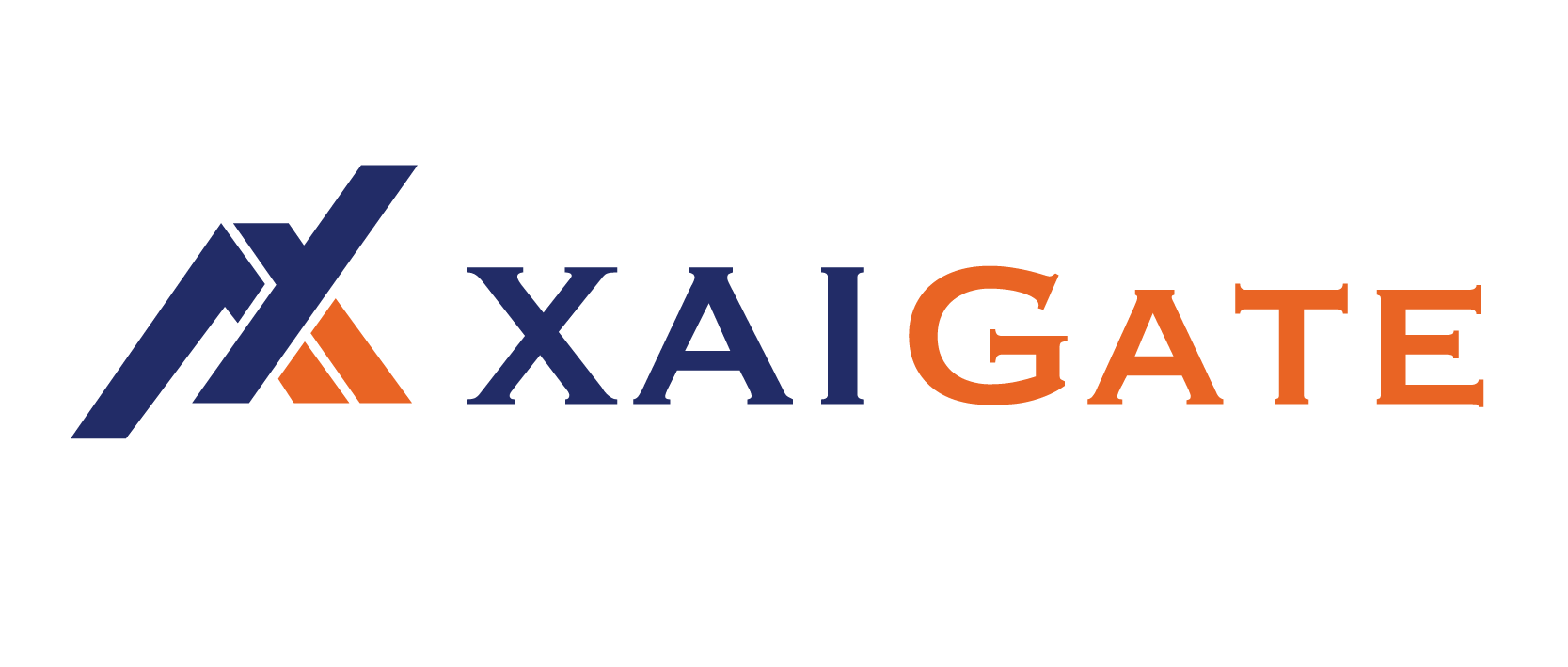The needs of businesses in the digital finance space are changing rapidly. Many companies are looking for greater efficiency and control over their payment systems. While there are a number of third-party options, some may consider a more ambitious approach: learning how to create crypto payment gateway from scratch. This offers complete customization and seamless integration that far exceeds any third-party option. In case you want to pursue the path of building your own cryptocurrency payment gateway, this guide provides important insights into the steps and considerations that you will find useful. You may find that to create crypto payment gateway that meets all your requirements is easier than you anticipated.
Contents
Create A Crypto Payment Gateway The Core Principles First
To effectively implement the idea of creating your own payment gateway, you should first familiarize yourself with some basic concepts related to such systems. That way, you won’t have to struggle whether you want to build your own crypto payment gateway from scratch or settle for a hybrid solution somewhere in between.

Blockchain Interaction and Wallets
There is a proprietary application programming interface (API) and blockchain interoperability modules that the Bitcoin wiki describes as a ‘payment gateway system’, which contains mechanisms to interface with multiple blockchains such as Ethereum, Ripple and others to generate unique deposit addresses for each user, track transactions that need to be verified through payments and control wallets that securely store funds in the received form allowing for streamlining and batch processing. This foundational piece is key to knowing how to create crypto payment gateway that is reliable.
API Interfacing and Security Measures
Developing a cryptocurrency payment gateway requires a complex set of API endpoints along with the rest of the system. Payment processing is facilitated through APIs to initiate payments, verify transaction status, and manage payments. Through websites or applications, the interface can communicate with payment modules to process transactions. Like any other system, payment gateways require strict security measures. These measures include encryption, authentication via OAuth 2.0, web vulnerability shields, and more.

Table: In-House vs Third-Party – Approaches to Creating a Crypto Payment Gateway
| Criteria | In-House Development | Third-Party Solution (e.g., XAIGATE) |
|---|---|---|
| Development Time | Months (or more) to design, build, test, and deploy. | Ready-to-use API and dashboard; integration in days or weeks. |
| Upfront Cost | High — requires hiring developers, security experts, and compliance specialists. | Low — usually subscription or transaction-based fees without heavy initial investment. |
| Customization | Full control over features, branding, and workflow. | Limited to features offered by the provider, though many offer flexible settings and branding options. |
| Security Responsibility | Business must implement and maintain all encryption, private key management, KYC/AML, and fraud prevention. | Security is handled by the provider, with continuous updates and compliance management. |
| Maintenance & Updates | Requires ongoing internal resources for bug fixes, upgrades, and adapting to new regulations. | Provider delivers updates automatically, ensuring compliance and feature improvements without extra workload. |
| Compliance Complexity | Full responsibility for meeting all legal requirements in each operating jurisdiction. | Compliance frameworks (KYC/AML, GDPR) are built-in, reducing legal risk and administrative burden. |
| Scalability | Must design system to handle growth from the start, which can increase costs and complexity. | Provider infrastructure scales automatically with demand, handling high transaction volumes without merchant intervention. |
| Total Cost Over Time | Potentially high if factoring in development, maintenance, and compliance staffing. | Predictable and often lower, as costs are tied to usage rather than full in-house team overhead. |
| Speed to Market Advantage | Slower — may lose early-mover advantage in competitive markets. | Faster launch allows rapid market entry, capitalizing on current trends in cryptocurrency adoption. |
The Importance of Private Key Management
When you create crypto payment gateway, the secure management of private keys becomes your direct responsibility. Losing keys means losing access to crypto funds. Every business needs well-thought-out management. I understand the fact that poor practices can lead to significant negative consequences. Mitigating these issues with appropriate strategies such as multi-signature wallets and cold storage using hardware security modules (HSMs) will further reduce vulnerabilities. These practices are essential to protecting your assets in the crypto payment gateway system.
UI/ UX design of Admin Dashboard Overview
While backend calculations require complex systems, the user interface design for both the customer and merchant admin dashboards should be streamlined with simple workflows that enhance ease of adoption while maintaining depth. Customers expect unhindered access to crystal clear instructions and real-time status updates while merchants need advanced tools to track detailed transaction analytics along with comprehensive reporting and payment management—highlighting the critical nature of UI/UX for success that places significant emphasis on a well-structured crypto payment gateway.
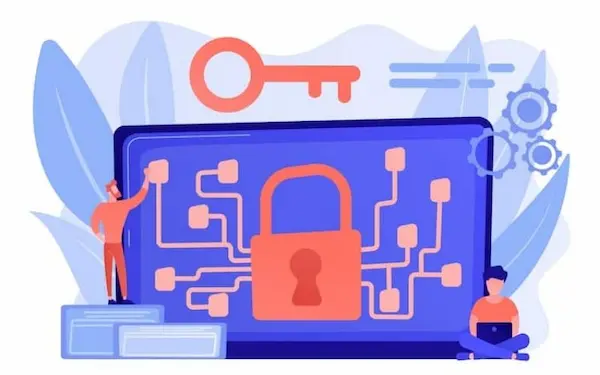
Step-by-Step: How to Create Crypto Payment Gateway
The process of developing a cryptocurrency payment gateway starts with a methodical plan. Let’s go through the essential processes you’ll encounter when building your own solution.
Step 1: Draft Your Requirements And Scope Of Work
Since it serves as a foundation for the development process, try to note down the specific functions your crypto payment gateway needs to perform before diving into the code. For example, consider what cryptocurrencies it will support or whether it will hold crypto or automatically convert to fiat. Which e-commerce platform you plan to integrate with is also important and deciding early will yield significant advantages in the long run. Trust me on this; follow these steps, if success is what you are after while learning how to create crypto payment gateway, multitasking is never an option.
Step 2: Choose Your Blockchain and Programming Language
There are many other technical considerations when choosing a blockchain (Bitcoin, Ethereum, Solana). Each has its own protocol; the most notable being the transaction speed and fees for their services. Additionally, choosing a programming language from the toolbox such as Python, Node.js, Go, or Java should be based on your team’s skills and the ecosystem of the target blockchain. This decision forms the core technical stack to create crypto payment gateway.
Popular Choices for Building Your Crypto Payment Gateway
Node.js and Python are good options for building a payment gateway from scratch as they have many libraries and frameworks that work with blockchain technology and facilitate web application development. Ethereum is usually chosen in cases where greater complexity is involved due to its smart contract capabilities. It all depends on the advanced functionalities you seek to embed in your payment processor crypto private key generator automating crypto exchange to fiat currency.
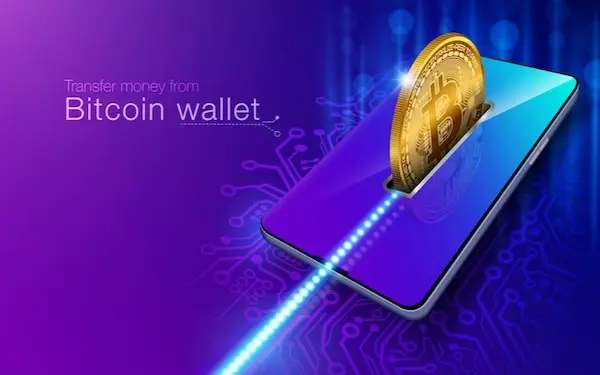
Read more: 5 must-know facts about Crypto Payment System
Step 3: Create Essential Payment Features
The groundwork goes into actual programming; the real work starts here. You’ll need to develop modules for:
- Address Generation: Allocating unique deposit addresses for every transaction or customer securely.
- Transaction Monitoring: Actively watching over the blockchain for payments sent to these addresses.
- Confirmation Logic: Determining that enough confirmations of a transaction are present on the blockchain to declare it final.
- Payouts/Conversions: Managing automated crypto conversion to fiat currencies, or sending cryptocurrency balances to designated hot or cold wallets.
Developing these features is critical in knowing how to create crypto payment gateway.
Step 4: Ensuring Compliance in Security and Legal Boundaries Framework
From the initial stages on this project, implement comprehensive security systems such as encrypting sensitive information, multi-factor authentication effectively guarding against SQL injection attacks or cross-site scripting., restricted administrative access Privaate keys should also be managed using hardware wallets or secure enclaves to prevent cyber threats. Always think ahead on how your design for the crypto payment gateway integrates KYC compliance (Know Your Customer) along with AML (Anti-Money Laundering) policies which might come into effect later.
Steps 5: Design User Interface and Testing
Design a helpful responsive user interface for both customer checkout flow and merchant dashboard. Once development is done, extensive testing is critical. Perform rigorous unit tests, integration tests, security audits, and all possible scenarios including edge case error conditions to ensure stability before create crypto payment gateway.
To Build Crypto Payment Gateway From Scratch or Use Existing Solutions?
This is a critical decision.Take an assessment of whether it is more effective to develop in-house or contract out services to a third-party provider for create crypto payment gateway.
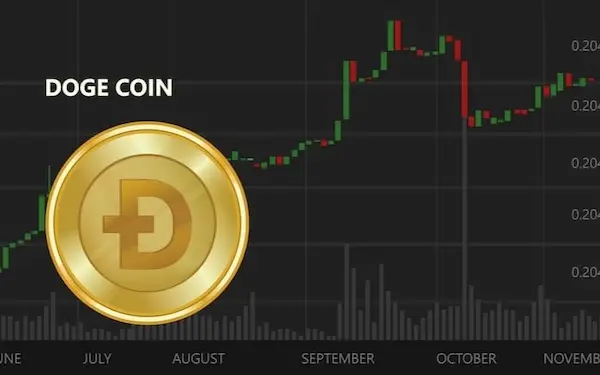
Read more: List Out The Best High Risk Crypto Payment Gateway – How To Overcome
Building From Scratch Advantages
- Full Control: Complete ownership and control includes features security pertaining to data.
- Customization: A bespoke solution specifically fits organizational processes.
- No Third-Party Fees: Reduced costs for high transaction volumes due to long-term benefits of not paying these fees.
- Unique Selling Proposition: Competitive advantage can be gained by having their own solution.
Cons of Building From Scratch
- High Development Cost: Significant time and capital investments are required for developers, infrastructure, and funds.
- Complexity: Interactions with blockchains, security frameworks, and compliance systems demand a ver technical oversight.
- Maintenance Burden: Updates or patches to security will need to be done continually as well as scaling the system.
- Regulatory Risk: With complying to evolving crypto regulation frameworks positions constant waiting friction.
When to Opt for Existing Providers Like Xaigate
For most businesses integrating crypto gateways through providers like Xaigate is more efficient.” These providers take care of maintenance, compliances blockchain relations securing risks mitigating the need to create crypto payment gateway from scratch. Quick setup is a major bonus. Xeigate provides competitive priced anutes with plugins for notable e-commerce sites.
Establishing a crypto payment gateway is beneficial for businesses willing to spend resources because it provides complete control and flexibility. Whether you decide to create crypto payment gateway yourself or use cutting–edge solutions like Xaigate, adopting cryptocurrency puts your business at the vanguard of digital transactions. Knowing the details about how to create crypto payment gateway, including interfacing with blockchain technology and security measures, gives insight that helps make the right choices.
For daily updates, subscribe to XAIGATE’s blog!
We may also be found on GitHub, and X (@mxaigate)! Follow us!

